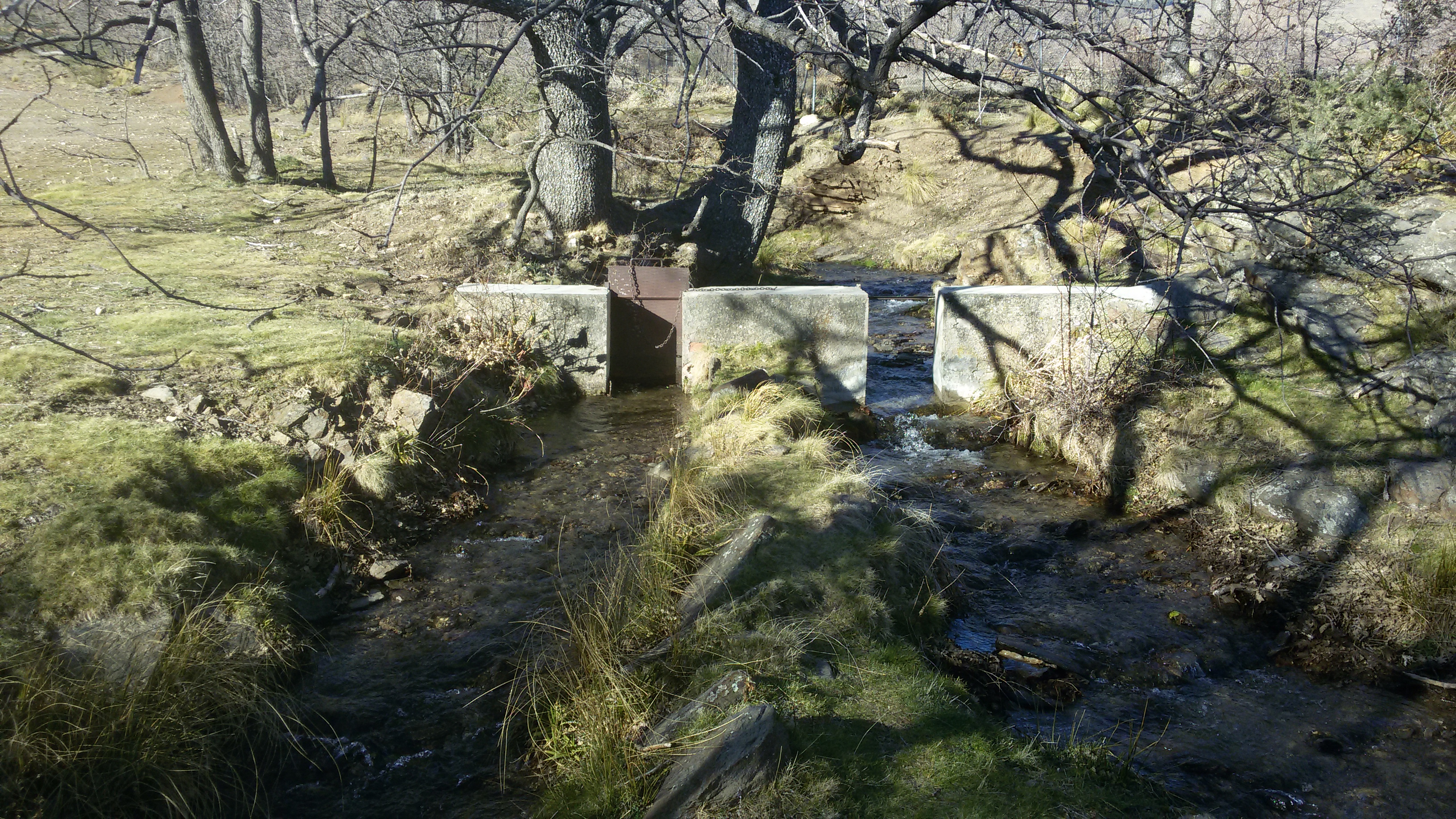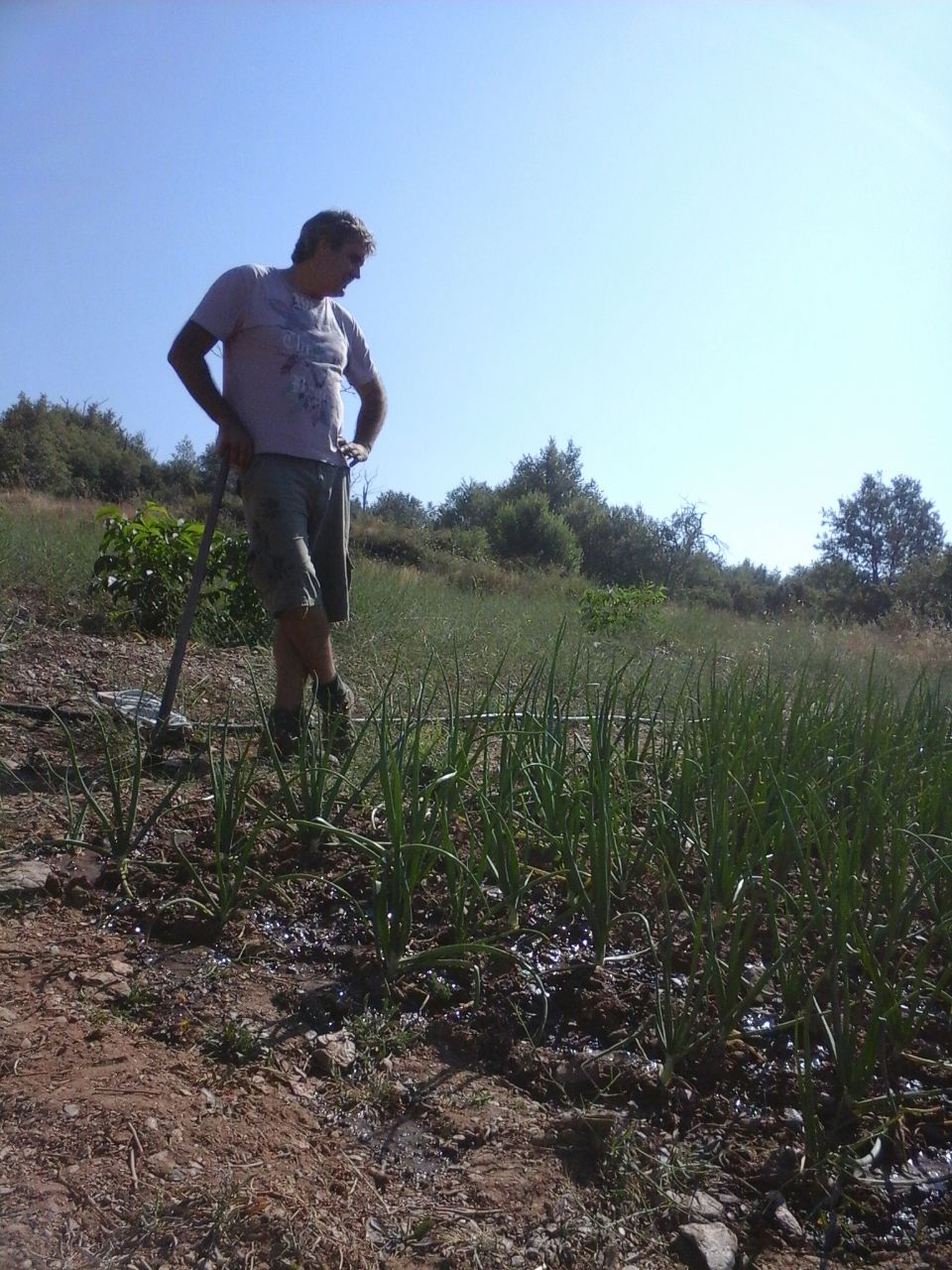Cáñar-Barjas, Spain
Description
Cáñar/Barjas irrigation area is located on the western slopes of the southern side of Sierra Nevada, in the Alpujarra region of Granada, Spain. This area covers approximately 500 hectares of land and is arranged in stages, creating an extraordinary landscape of cultivation terraces. It is owned by 362 people and is managed by the Cáñar/Barjas Irrigation Association; whose main functions are to conserve the 36.5km2 of irrigation ditches and regulate their water flow.
History
Historical documentation has shown that in the Moorish period in Granada (1501-1570) the villages of Cáñar and Barjas distributed the water from the Chico River through a main artificial (man-made) ditch. The water was channelled from this main ditch through other secondary ditches in order to fertilize the agricultural areas and supply the population and their livestock. However, in the first half of the 19th century a landslide destroyed the urban centre of Barjas. This then caused the annexation of its municipality to Cáñar, hence why the area is now called Cáñar/Barjas.
Water management
The water that flows from these slopes has been managed through a local community organisation since the medieval times. Customary rules about water management are recorded in documents since the 1800’s. All owners of the irrigated lands (within the Cáñar/Barjas municipality) have the right to use the water. Every owner is allocated a specific period of time each day in which they can use the water, to ensure it is used sustainably. However, the water right is not owned by the landowner; it is owned by the land. This means that it cannot be sold or passed onto another person or piece of land.
The irrigation community follows bylaws and regulations on water use, as well as customary rights and obligations that are applied to the community members. All its members are responsible for maintenance of the main ditches (Grande, Barjas, Beber and Acequia Vieja), which distribute water through other secondary ditches, in order to irrigate agricultural areas. Community members also look after the rest of the irrigation infrastructure, including maintenance of the dams (which are designed to store water) and maintenance of the structures that divert water to the dams. These structures are types of doors and bifurcations to stop or "slice" the water into two ditches, in the desired proportions.
The community members also ensure that the streams are channelled into the main ditches and that the storage pools are cleaned once a year. There are two storage pools (Alberca de la Sierra and Alberca del Molino), which can store 2,500 m3 and 900 m3 respectively. These were built at the end of the 18th century with the purpose of storing the water at night, as well as during periods of water scarcity (e.g. dry springs and summers). These storage pools have sufficient volume (and therefore pressure) to send water to the corresponding secondary ditches within a day or two, following the right distribution. The conservation of the secondary ditches is carried out only by the owners who use those specific ditches.
Governance
A general assembly oversees how the community is organised and how it functions. All the land-owners that have the right to use water also have the right to attend and participate in this assembly, with both voice and vote. The assembly designates an “acequiero”, who is the person in charge of supervising the management regime of the water.
At the general assembly, a governing board is agreed through elections that are held every four years. The governing body is made up of the President, the Vice President, the Secretary-Treasurer and four members that are selected from the community. These four community members, called “del Viernes”, “del Jueves”, “de la Vega de Cáñar” and “de Barjas”, are responsible for reporting regularly to the governing board. They report on the state of the communal hydraulic infrastructures, including any breakages, leaks, and other required works. The governing board is able to sanction community members who do not comply with the bylaws. If a problem is presented, it is debated and voted by the community members in the general assembly, after which a jury will apply the appropriate sanctions.
The Irrigation Community of Cáñar/Barjas has managed the water for centuries according to traditional use and customs. Their success is evidenced through the long-term presence and sustainability of the water system. Although the original purpose of the ditches was to irrigate agricultural land, they have also proven essential in replenishing aquifers, which ensures a water supply in the dry months. This irrigation system also contributes to the conservation of the cultural landscape (which arose in the medieval times) and its biodiversity. Thanks to this irrigation system the rural community are able to farm extensive pastoral and agriculture systems as opposed to intensive farming, which uses a large amount of inputs (e.g. artificial food for the livestock, water, etc.). Therefore, this method of water management provides some highly important ecosystem services for the community.
This case study was originally published by UNEP-WCMC in April 2021. The content was provided by the custodians of this ICCA. The ICCA has been self-declared and has been gone through a peer-review process to verify its status. More details on this process can be found here. The contents of this website do not necessarily reflect the views or policies of UN Environment Programme or WCMC.

